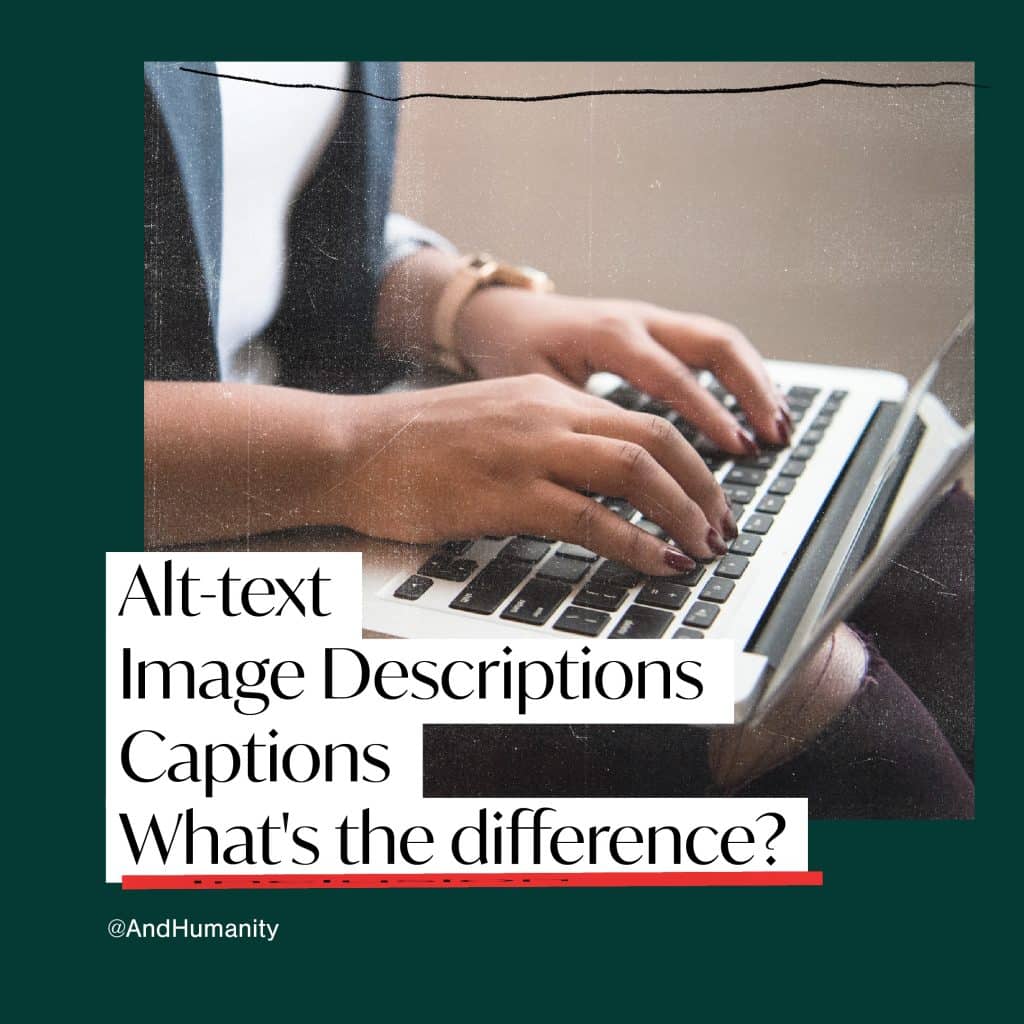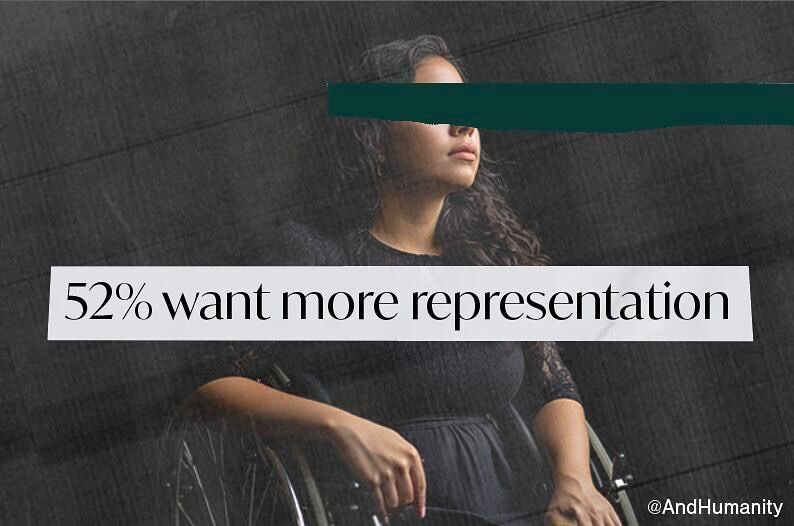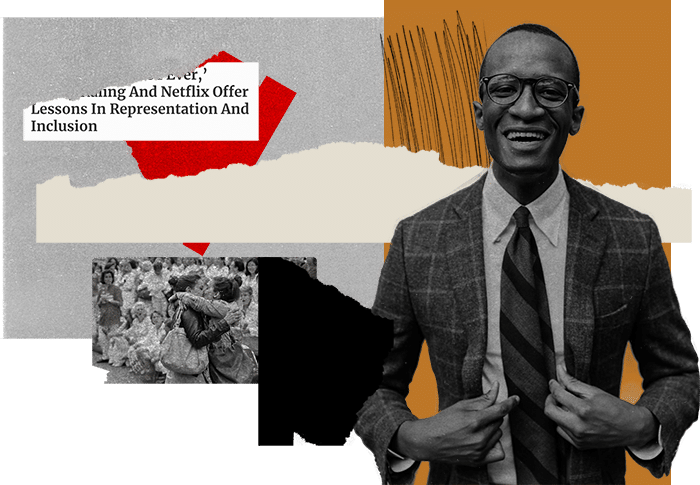When speaking on accessibility, alt-text, image descriptions, and captions come up quite often, but unfortunately, these terms are often – incorrectly – used interchangeably.
Beyond making content accessible for people with low vision or blindness, alt-text, image descriptions, and captions can also improve SEO and provide an overall better user experience.
But what are the differences between the three? Here’s a quick summary:
Alternative Text (alt-text) is a hidden, short description that is read aloud by screen readers. It is a critical aspect of accessibility.
Image descriptions (ID) are longer and part of visible content. It creates an equivalent experience to seeing the image through writing. These are critical aspects of accessibility.
Captions convey information and context that are not present in the image itself and are positioned beneath an image. Captions are optional.
Let’s put this into practice with an example. See below this image:

Alt Text Examples:
- “A mostly empty stadium.”
- You might use this example when there’s no additional context
- “Harvard Stadium with two lone runners bounding up the steps.”
- You might use this example instead if it’s in an article about about recent turnout for track tryouts
- “Harvard Stadium with cracked concrete pillars.”
- You might use this example instead if it’s in an article about renovations
Image Description Examples:
- “A person running up the steps of a large, empty stadium. The stadium has rows of concrete seating and a green field in the center. The person running is wearing athletic clothing. The photo is taken from a higher vantage point, looking down at the runner.“
- “A large, empty stadium with tiered concrete seating. The seating area is curved and extends upwards, creating a steep incline. In the foreground, there is a person running up the steps of the stadium. This person is wearing a dark shirt and shorts, and they appear to be in motion, possibly exercising or training. The steps are wide and made of concrete. In the background, on the left side of the image, there is a sports field with white and red markings. Another person is visible on the field, standing near the edge of the seating area.“
- These are both slightly different options for image descriptions with different focuses. Consider the context of where the image is being introduced to the audience, and make sure your description paints a vivid picture whilst considering that context.
Caption Example
- “Established in 1873, the Harvard program has produced some of the most iconic players and moments in college football history.”
- Reminder that captions are optional, as they exist to convey information that are not present in the image itself. In many ways, this is an additional storytelling tool for content creators to provide more context towards the images that are chosen.
Learn more about what we do and who we do it for on our services page.
Sign up for our newsletter here for more insights on marketing, advertising, communications, and how the industry intersects with inclusion.









